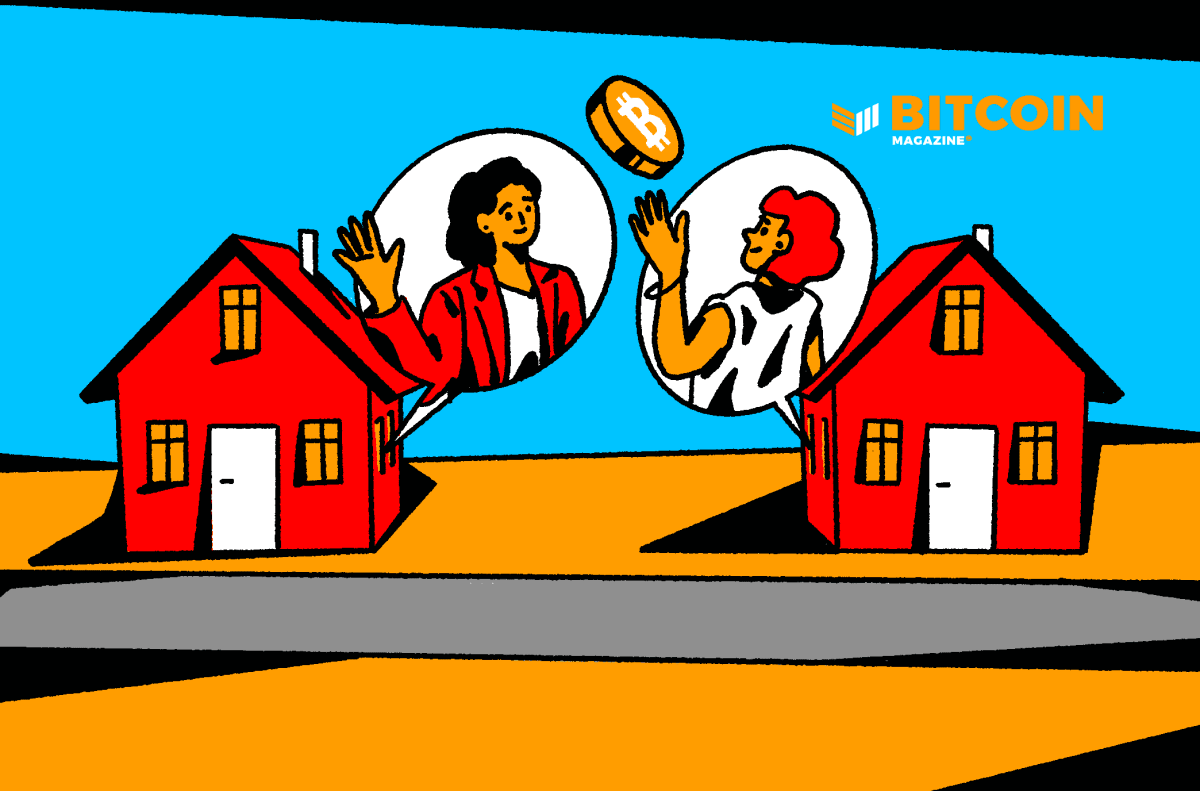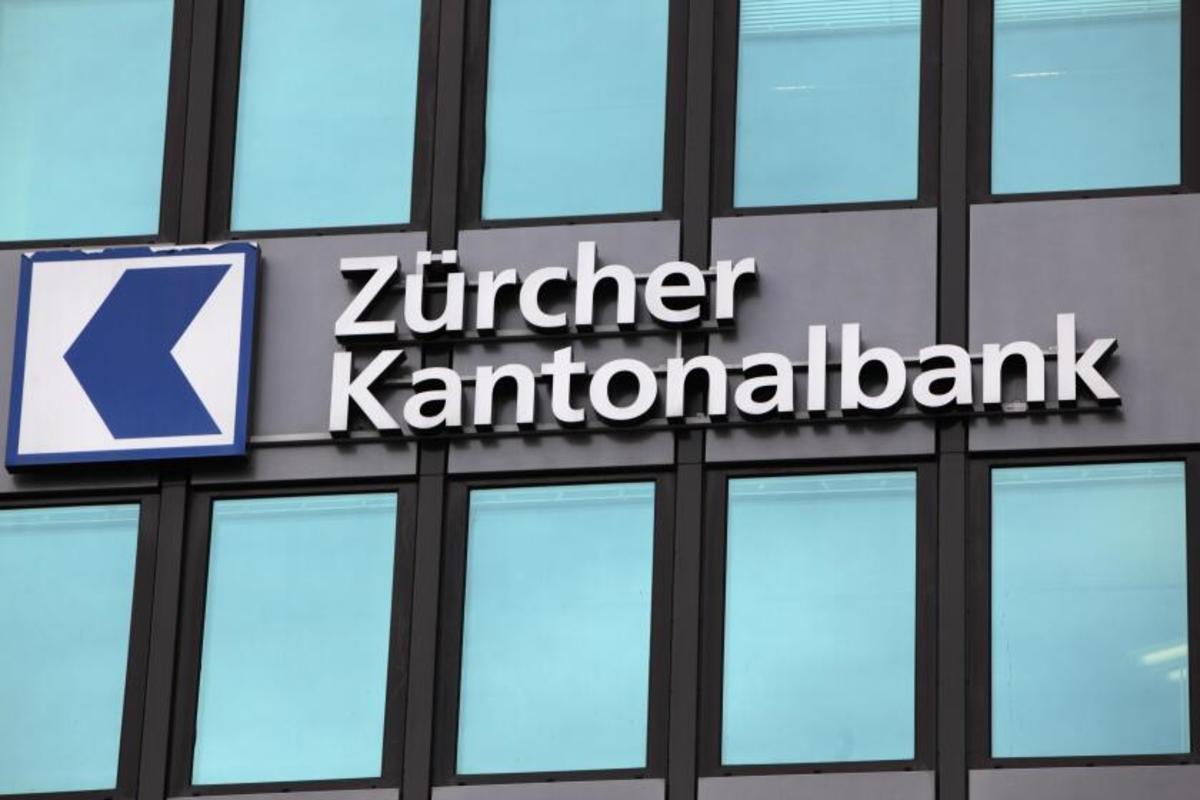Galoy Brings U.S. Dollars To Bitcoin’s Lightning Network
In addition to its new bitcoin-backed U.S. dollar balance on Lightning, Galoy also announced a $4 million raise.
Galoy Inc., the team behind the wallet of El Salvador’s Bitcoin circular economy Bitcoin Beach, is adding a new feature to that infrastructure: bitcoin-backed synthetic U.S. dollars.
Often seen as a need among citizens of developing countries, a representation of the U.S. dollar backed by BTC promises to enable anyone to hedge against the daily volatility of bitcoin. While it can be argued that bitcoin is the better currency and could be used as such in daily transactions, some see value in saving in BTC and spending in USD –– and Galoy’s new product feature, Stablesats, allows users to do that all on Bitcoin.
“With Stablesats-enabled Lightning wallets, users are able to send from, receive to and hold money in a USD account in addition to their default BTC account,” said Nicolas Burtey, CEO of Galoy, in a statement sent to Bitcoin Magazine. “While the dollar value of their BTC account fluctuates, $1 in their USD account remains $1 regardless of the bitcoin exchange rate.”
Notably, Galoy’s implementation differs from a common “stablecoin” such as Tether’s USDT in that there is no token –– it’s just bitcoin stabilized into a dollar balance.
Galoy also shared it had raised $4 million to further develop GaloyMoney –– its open-source Bitcoin banking platform, a versatile API and an enterprise-ready Lightning gateway providing organizations access to Lightning payments. The round was led by Hivemind Ventures, with participation from Valor Equity Partners, Timechain, El Zonte Capital, Kingsway Capital, Trammell Venture Partners and AlphaPoint.
“The GaloyMoney open-source core banking platform includes a secure backend API, mobile wallets, point-of-sale apps, an accounting ledger and administrative controls,” the company said in a statement.
How Does Stablesats Work?
Stablesats is able to offer a stable dollar balance backed by bitcoin through inverse perpetual swaps. The wallet pledges the user’s bitcoin as collateral to a centralized exchange –– OKX in Galoy’s case –– to purchase these derivatives contracts, which are used to hedge the BTC backboning the dollar account in the wallet.
Inverse perpetual swaps are denominated in fiat currency but any gain or profit, as well as the margin (collateral), are priced in bitcoin. As such, the user’s dollar account incurs unrealized BTC gains if the bitcoin price drops or unrealized BTC losses if the bitcoin price increases –– while retaining a stable dollar balance.
Here’s a simplified example: assuming the user holds 1 BTC on their Stablesats-enabled Lightning wallet and wishes to convert that into a USD balance, that 1 BTC would be pledged as collateral to purchase the corresponding amount of inverse perpetual swap contracts. Assuming a bitcoin price of $20,000 and a contract value of $1, the user’s synthetic $20,000 balance would represent 20,000 contracts of $1 each and 1 BTC as collateral.
If the bitcoin price climbed to $40,000, the user would still be holding $20,000 worth of contracts –– as their dollar value doesn’t change –– but now with $20,000 being worth only 0.5 BTC, that would incur an unrealized loss of half a bitcoin. Conversely, if the bitcoin price dropped to $10,000, the user would, again, still be holding $20,000 worth of contracts – but now that amount would be worth 2 BTC, bringing about an unrealized gain of 1 BTC.
Through this mechanism, Galoy is able to “stabilize” the user’s bitcoin in a U.S. dollar-denominated account. It’s important to note, however, that this dollar balance would be used to transact on the Bitcoin network; Stablesats doesn’t interface with the traditional banking system.
What Are The Risks?
The first –– and perhaps the biggest –– risk involved in Galoy’s implementation is counterparty risk. As a trade happens in the background on behalf of the user with a centralized exchange, which also custodies the user’s bitcoin collateral, the sentient risk of losing funds due to external issues is real.
As seen in recent events, exchanges and lenders facing liquidity issues which result in the locking of users’ funds are not uncommon. Centralized custody issues date back to the infamous Mt. Gox exchange, and therefore users should weigh the pros and cons of embarking on such arrangements beforehand.
Other risks include auto-deleveraging (ADL) and funding going negative over an extended period of time. ADL can happen in volatile market conditions where liquidations trigger positions in profit being closed –– leading to an under-hedging situation in the context of Stablesats. Funding, on the other hand, determines market bias; if funding is negative, shorts pay longs. That means that funding staying negative for a prolonged period of time could eat away the shorts –– which could hurt Stablesats’ implementation.
– Thanks to Dylan LeClair for feedback and information.









